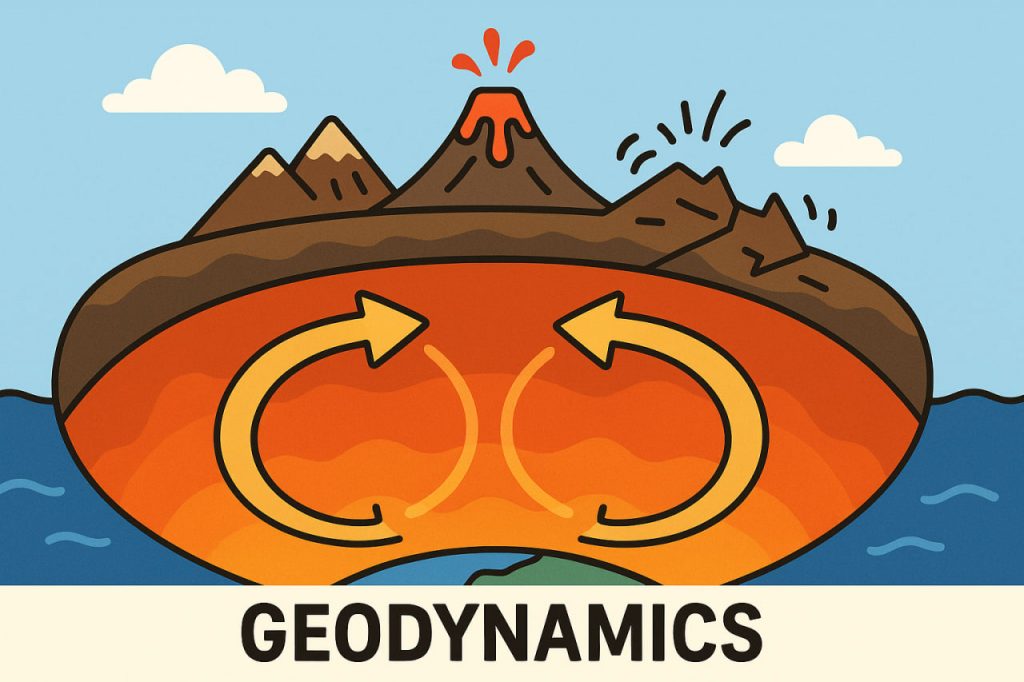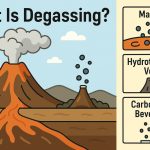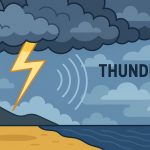Geodynamics is the study of physical processes and forces that govern the movement and deformation of Earth’s interior. It explains how heat, pressure, and material flows inside the planet drive surface phenomena such as earthquakes, volcanic eruptions, and mountain building.
Heat as the Driving Force
The primary energy source for geodynamics is heat from Earth’s core and mantle. This heat originates from radioactive decay, residual energy from Earth’s formation, and crystallization of the inner core. Heat causes convection currents in the mantle, moving enormous masses of rock over geological time.
Plate Tectonics and Geodynamics
One of the main aspects of geodynamics is plate tectonics. Earth’s lithosphere is divided into plates that float on the semi-fluid asthenosphere. Interactions between plates create mid-ocean ridges, subduction zones, and transform faults. These processes constantly reshape Earth’s surface.
Mountain Building and Deformation
When tectonic plates collide, geodynamic forces push up mountain ranges such as the Himalayas and the Andes. Compression, folding, and faulting of rocks illustrate how deep forces shape landscapes. Over millions of years, erosion and uplift maintain a dynamic balance.
Volcanism and Magma Movement
Geodynamics also explains volcanic activity. Rising magma from the mantle creates volcanoes at subduction zones, hotspots, and rift valleys. The distribution of volcanoes across the globe reflects the underlying geodynamic processes.
Earthquakes and Stress Release
As tectonic plates move, stress accumulates along faults. When the stress is suddenly released, earthquakes occur. Studying geodynamics helps predict regions most prone to seismic activity, though precise forecasting remains difficult.
Conclusion
Geodynamics provides insight into the invisible forces shaping Earth from within. By studying the interplay of heat, pressure, and plate movements, scientists better understand natural hazards, landscape evolution, and the dynamic nature of our planet.
Glossary
- Geodynamics – study of forces and processes inside Earth that shape its surface.
- Convection currents – circular flows in the mantle driven by heat.
- Lithosphere – rigid outer layer of Earth divided into tectonic plates.
- Asthenosphere – softer, semi-fluid layer beneath the lithosphere.
- Subduction zone – area where one tectonic plate sinks beneath another.
- Crustal deformation – bending, breaking, or folding of rocks due to geodynamic forces.


